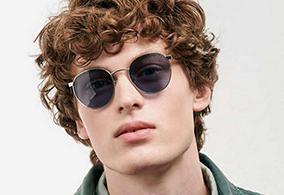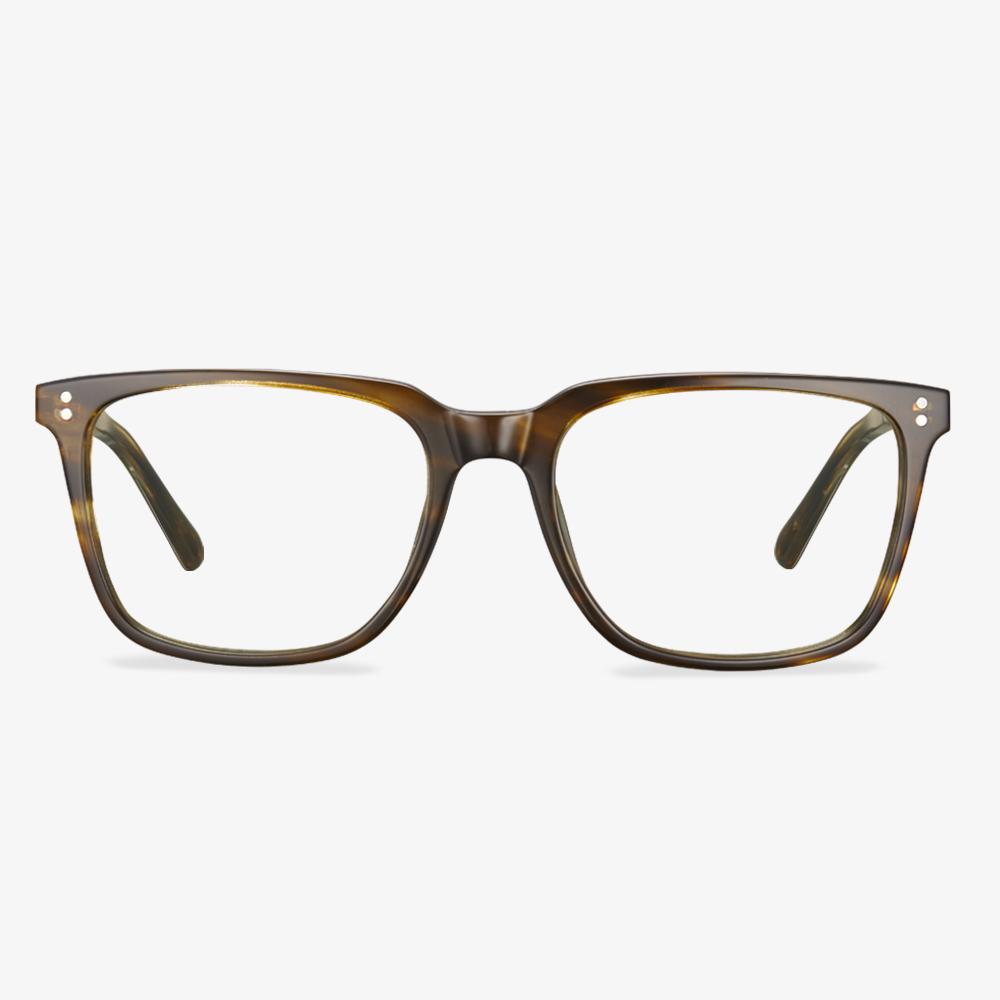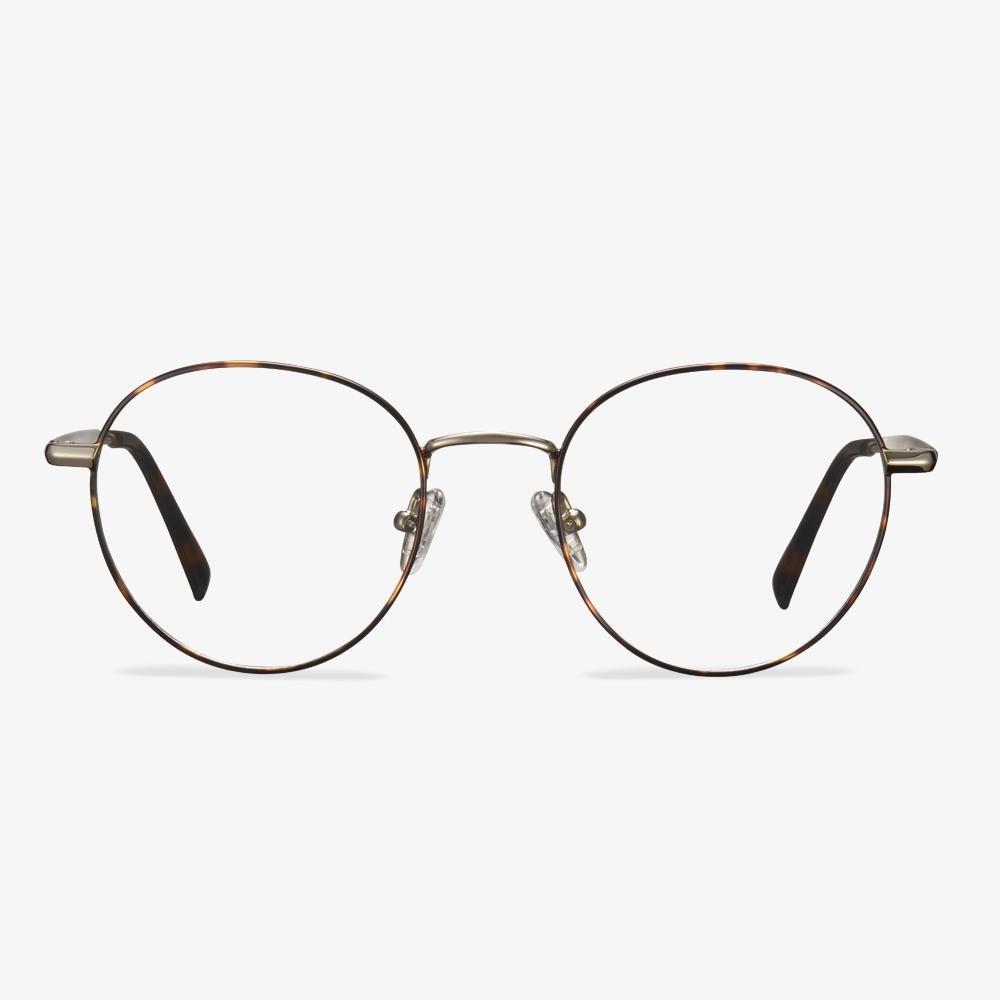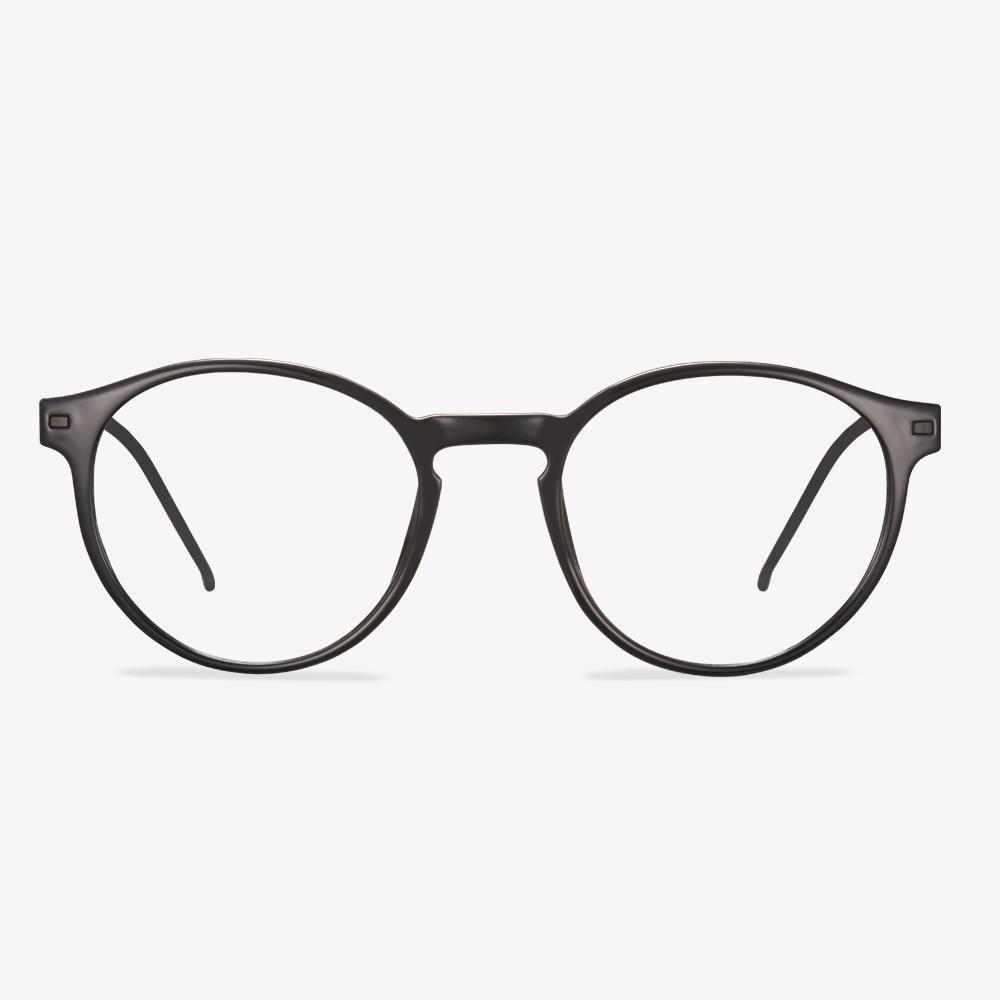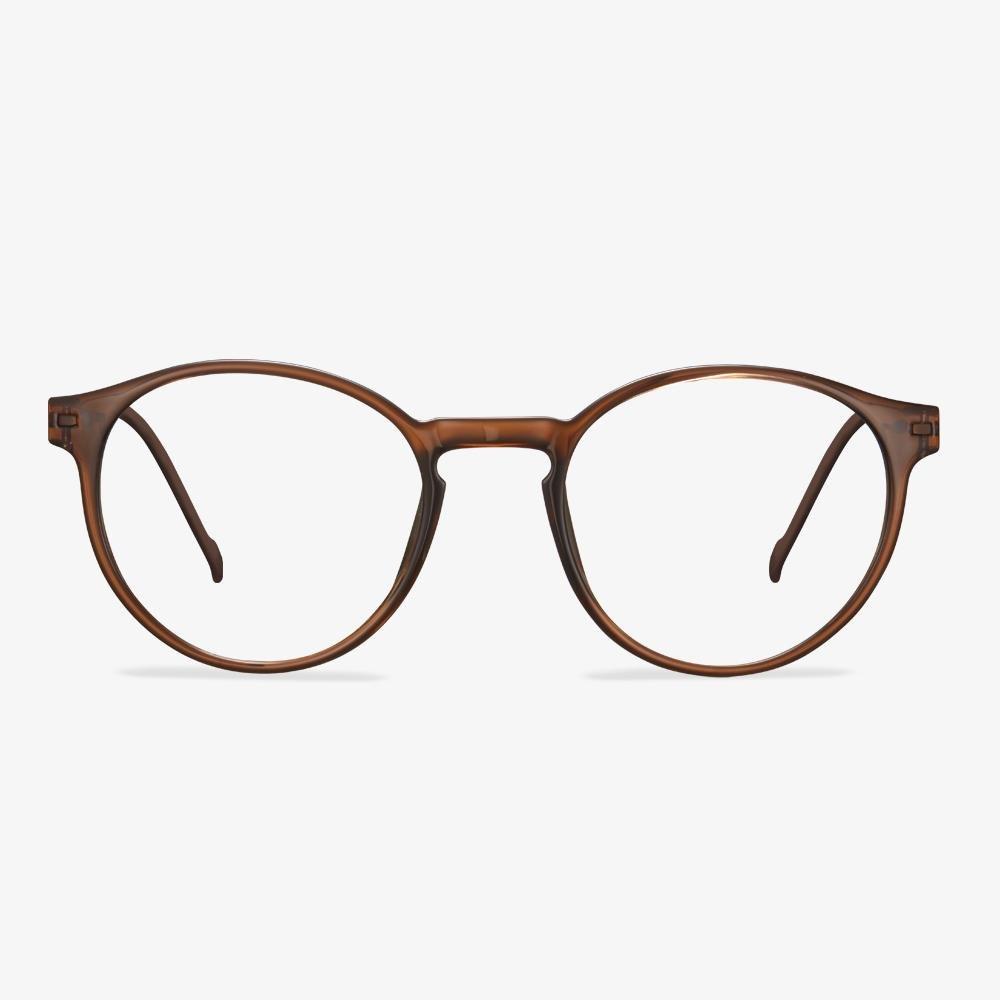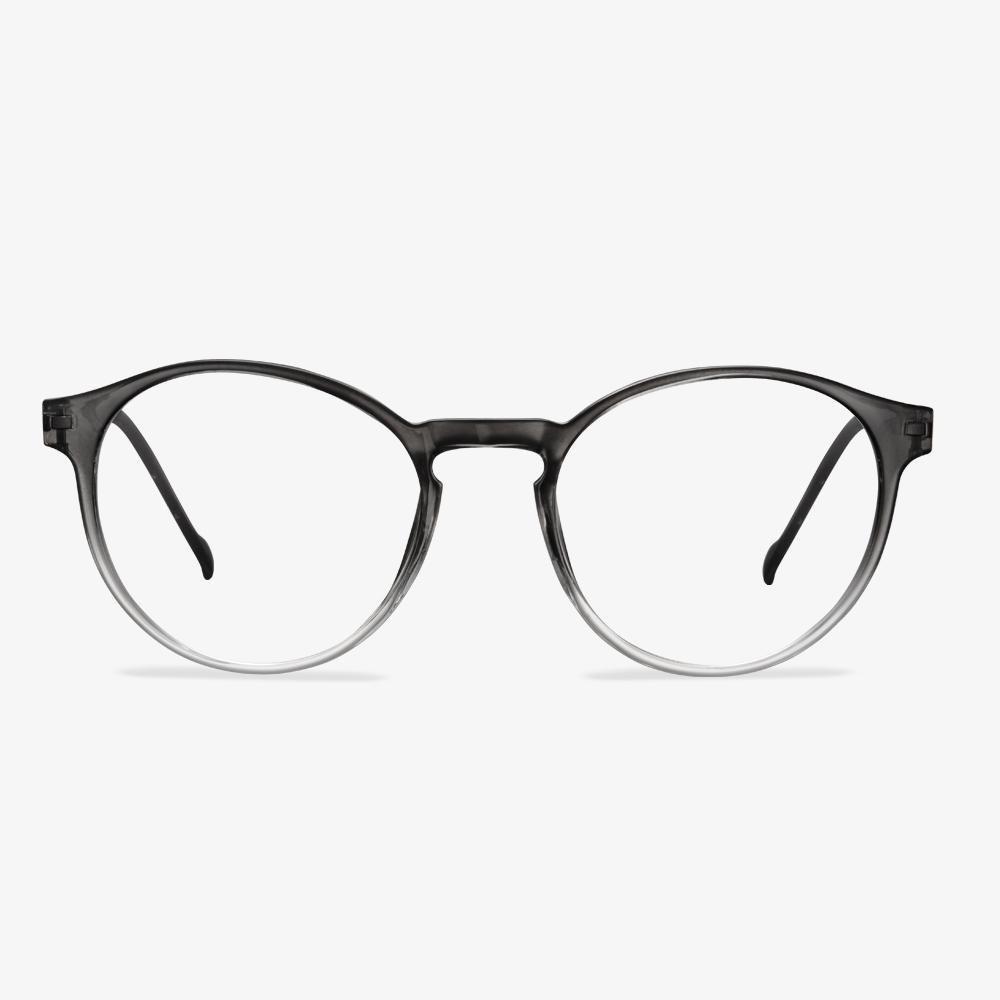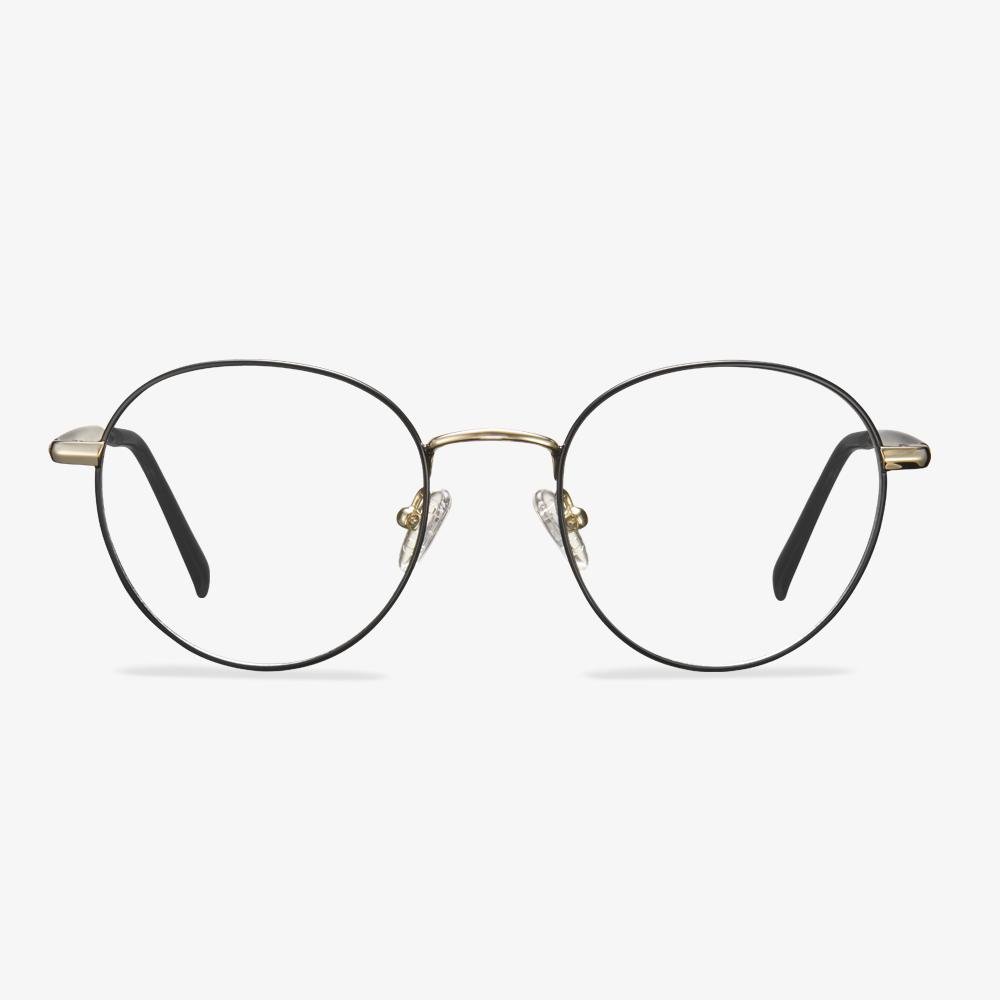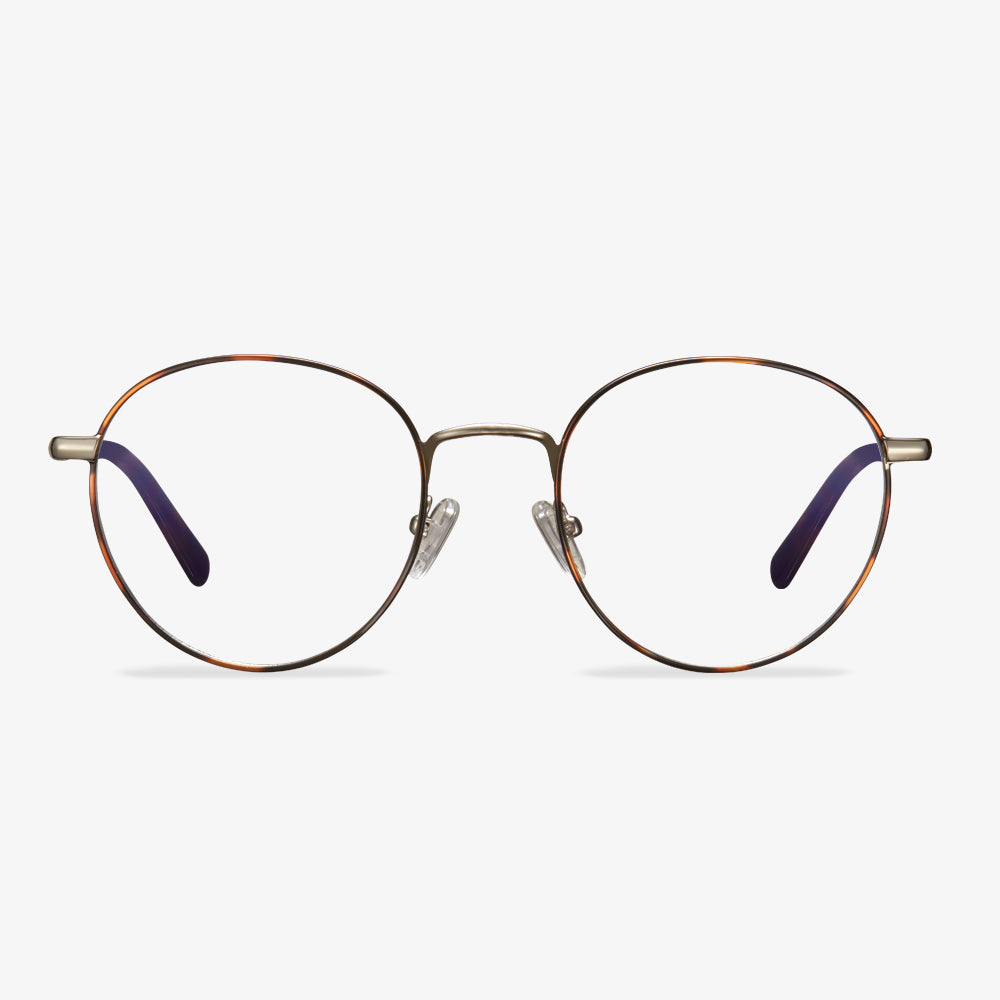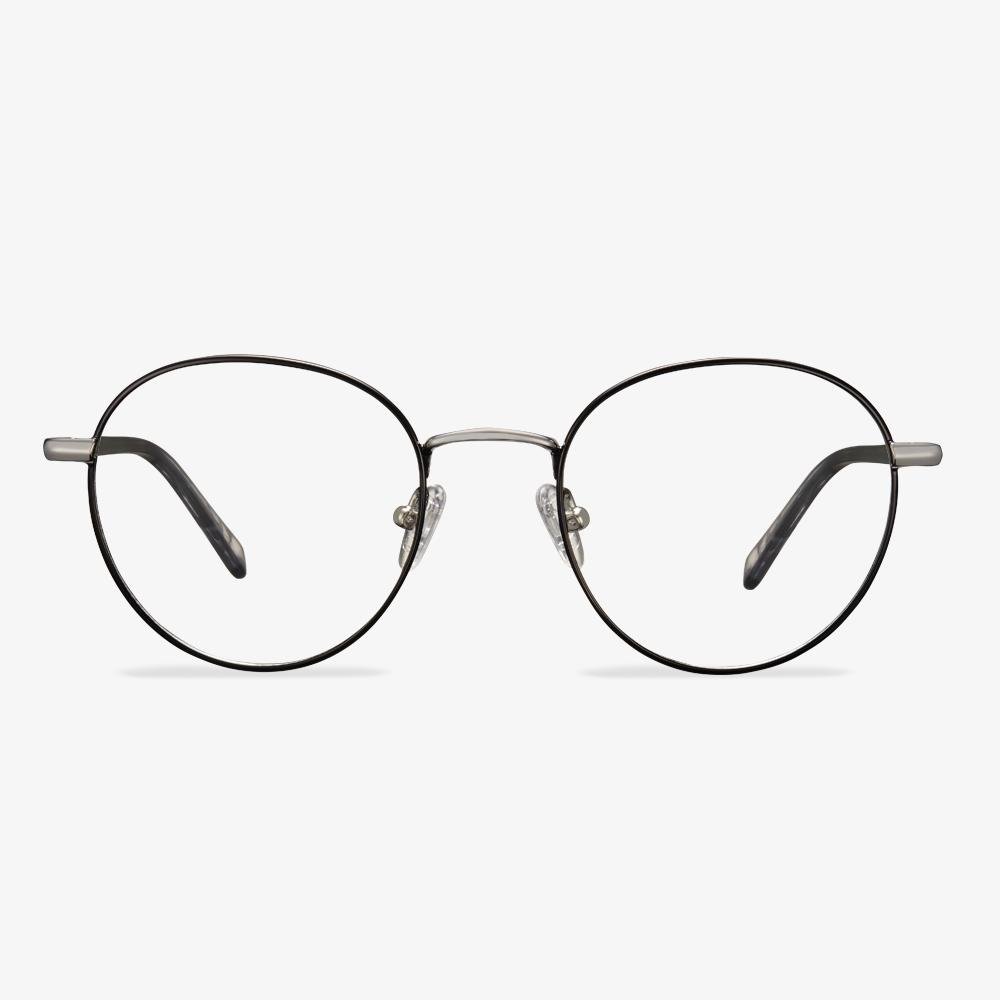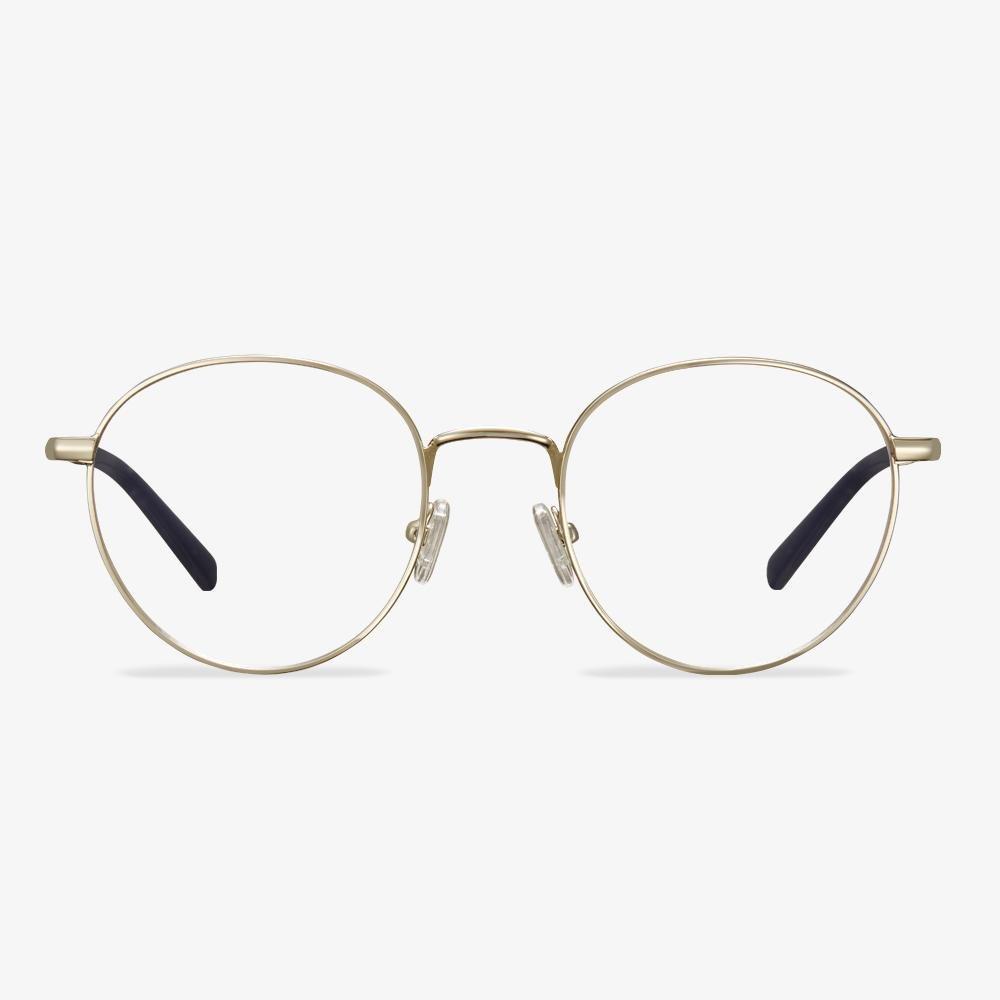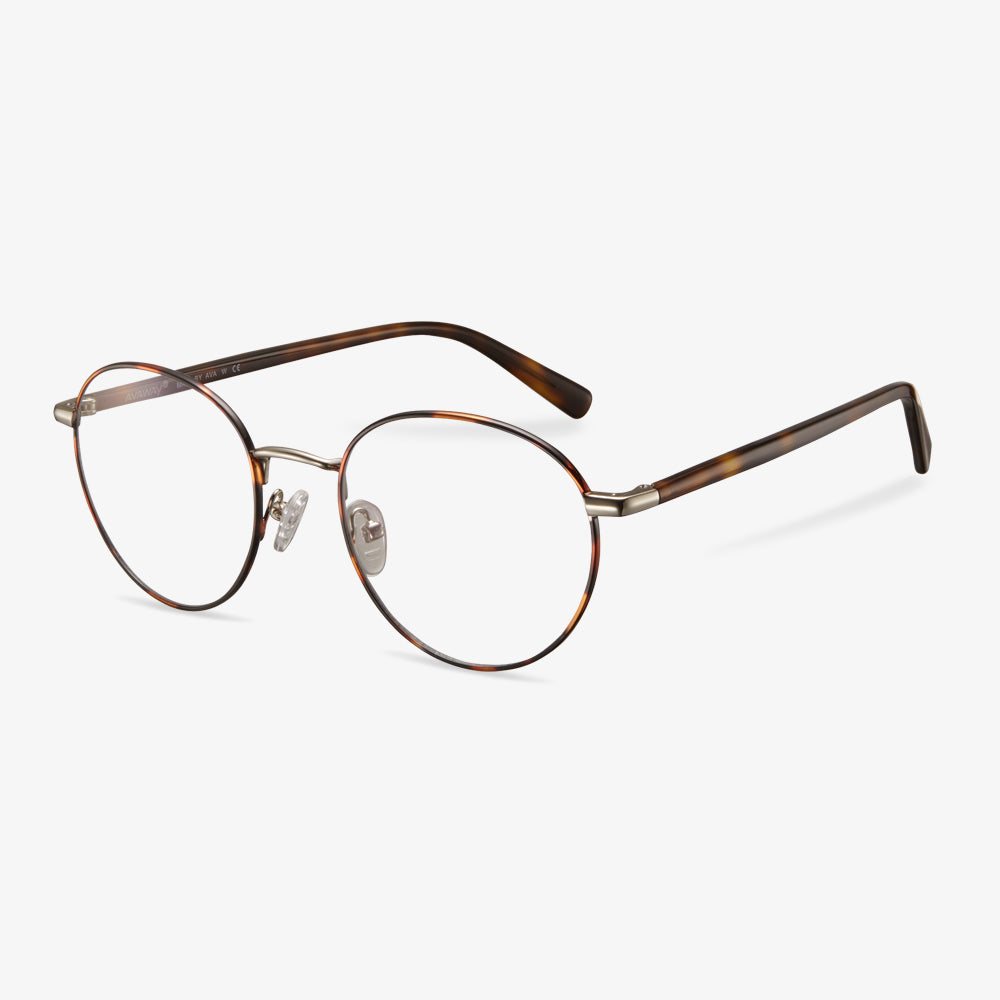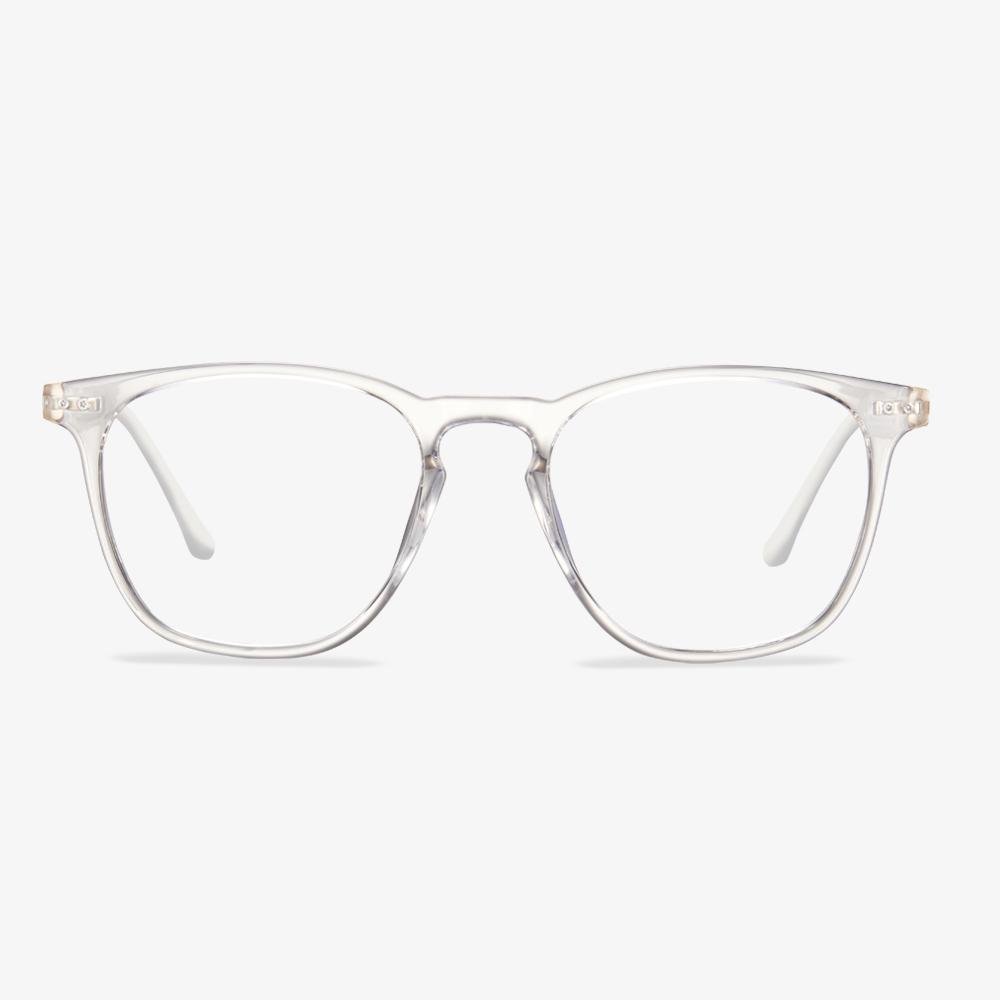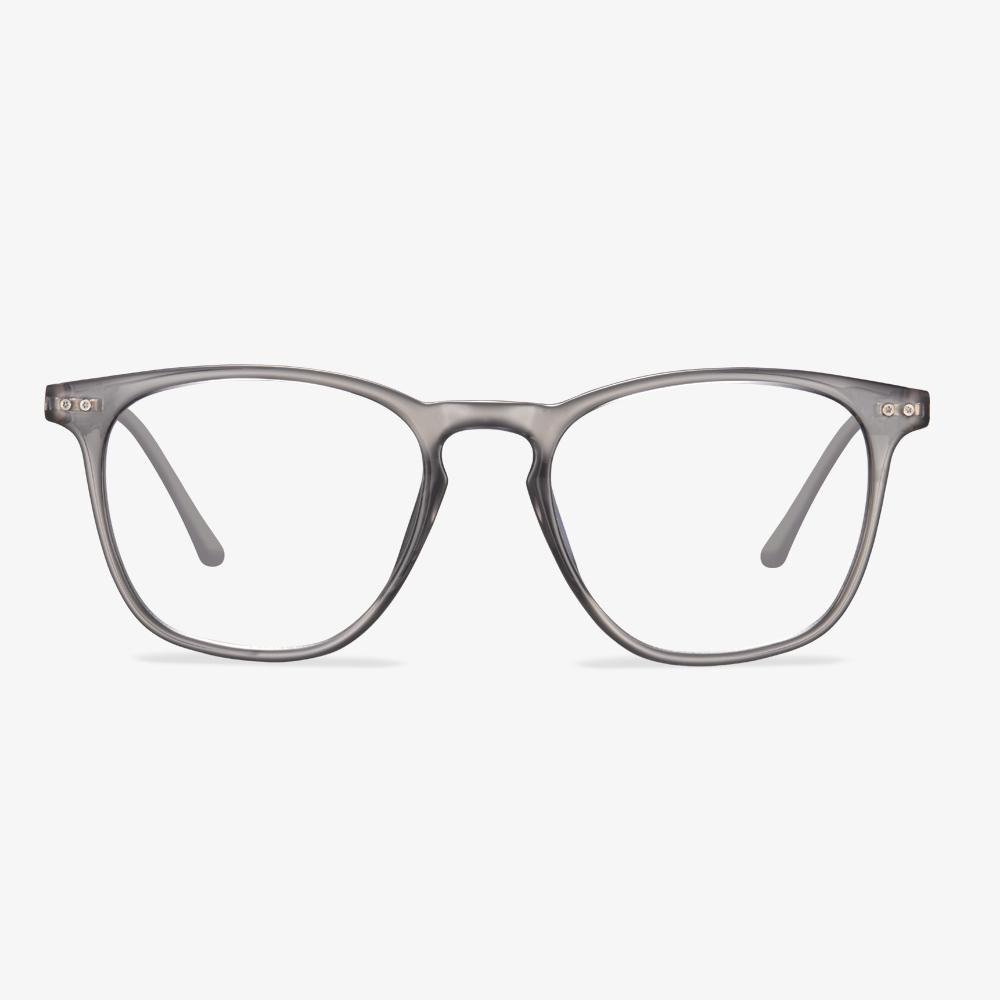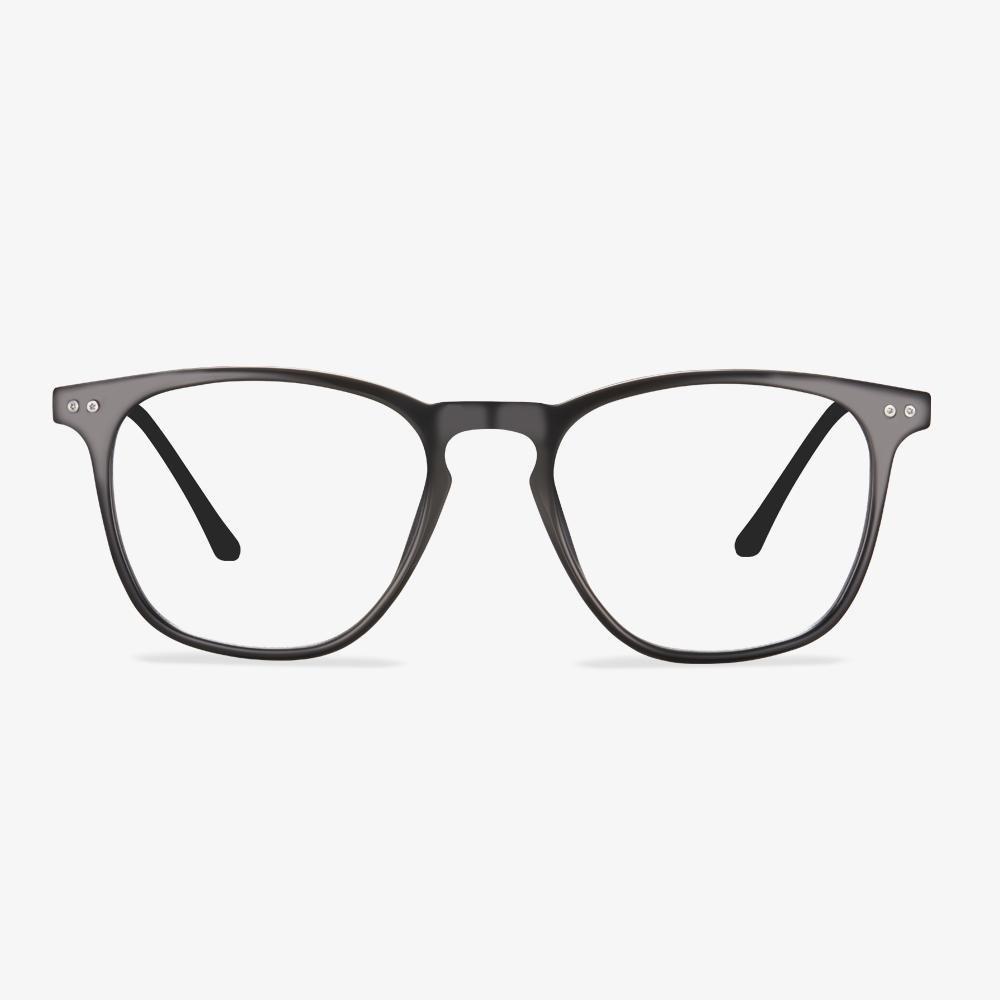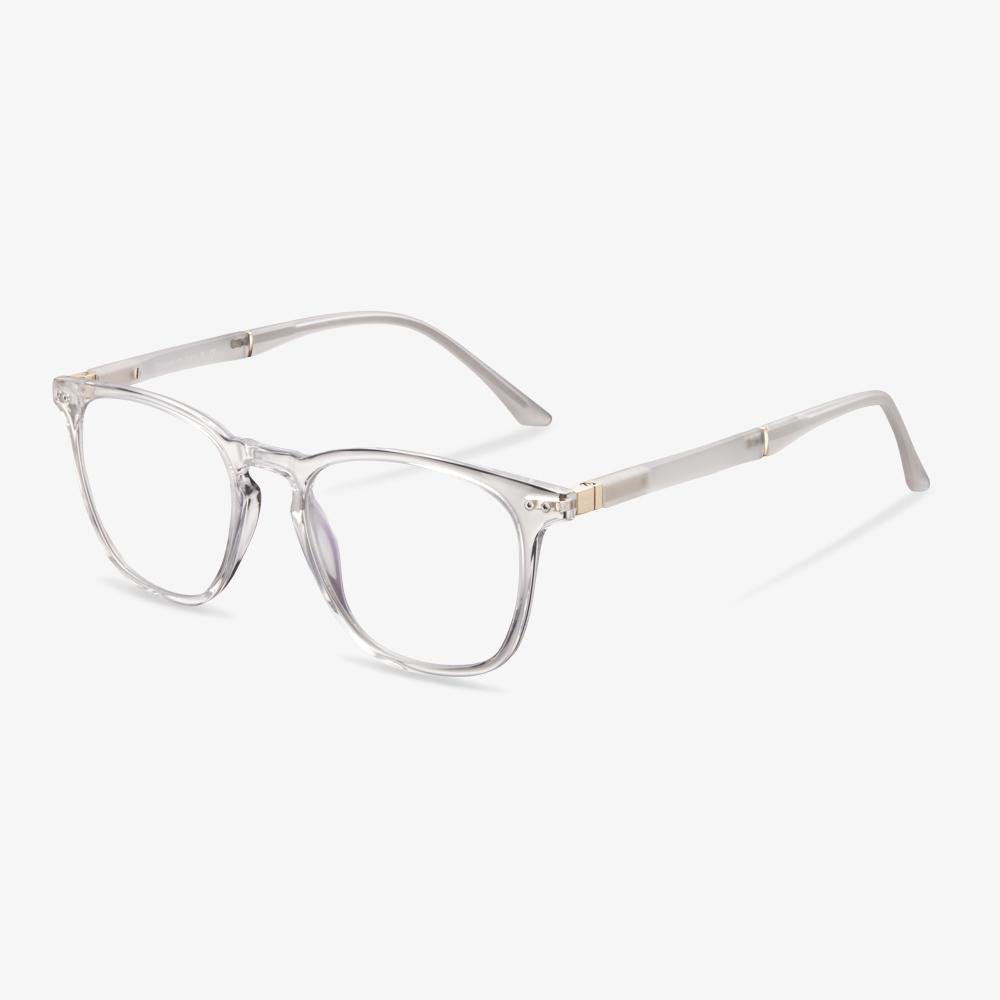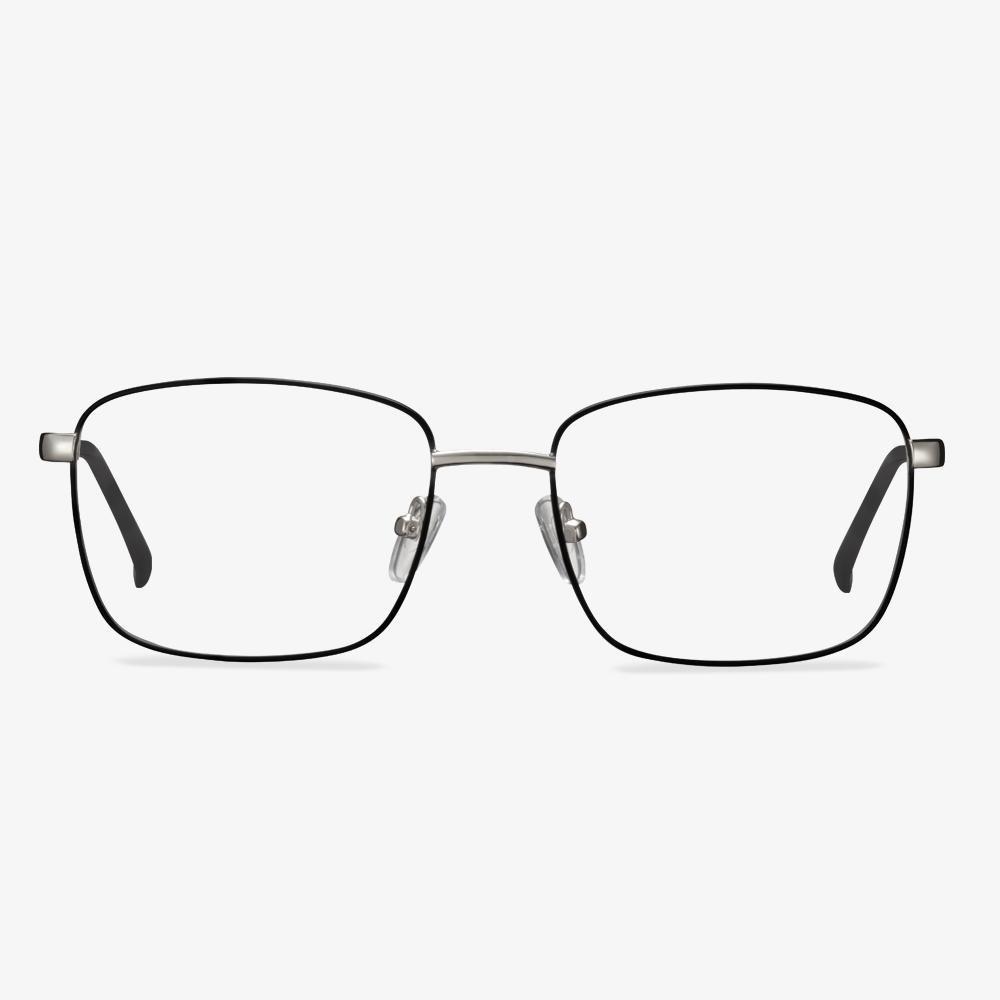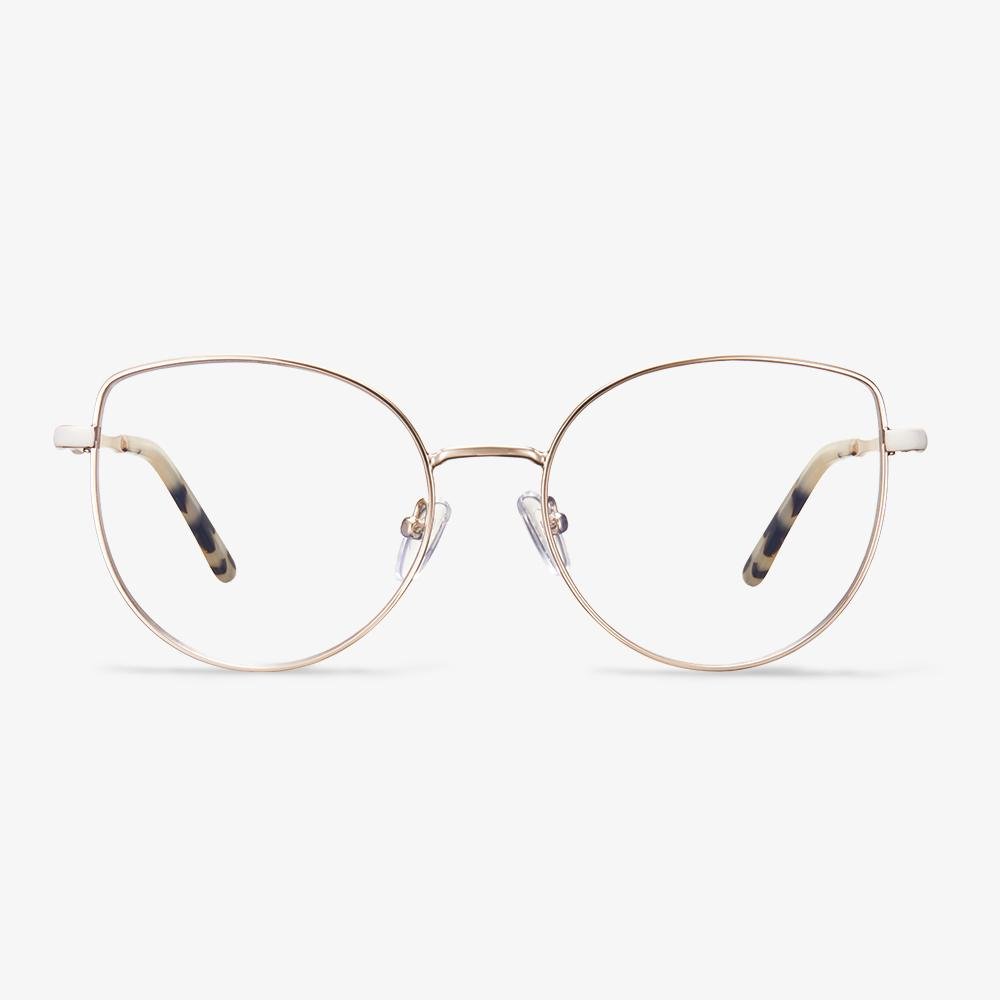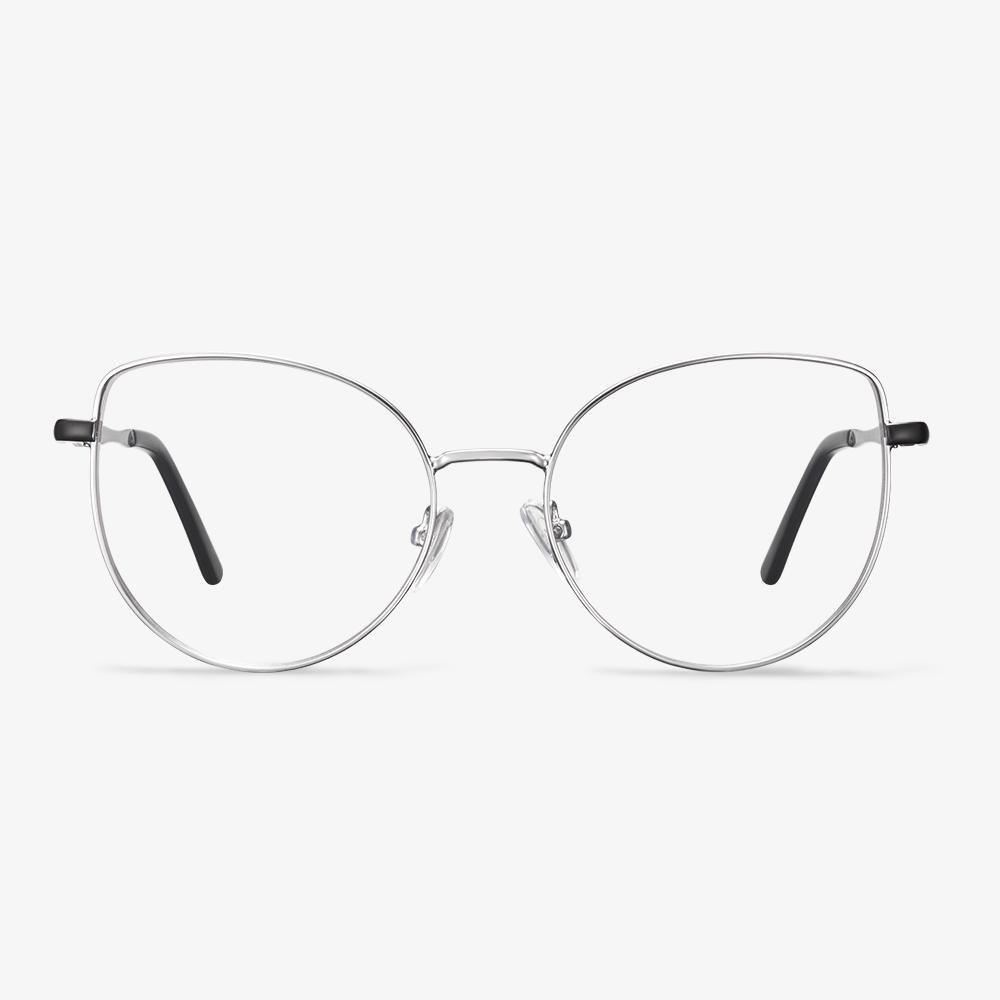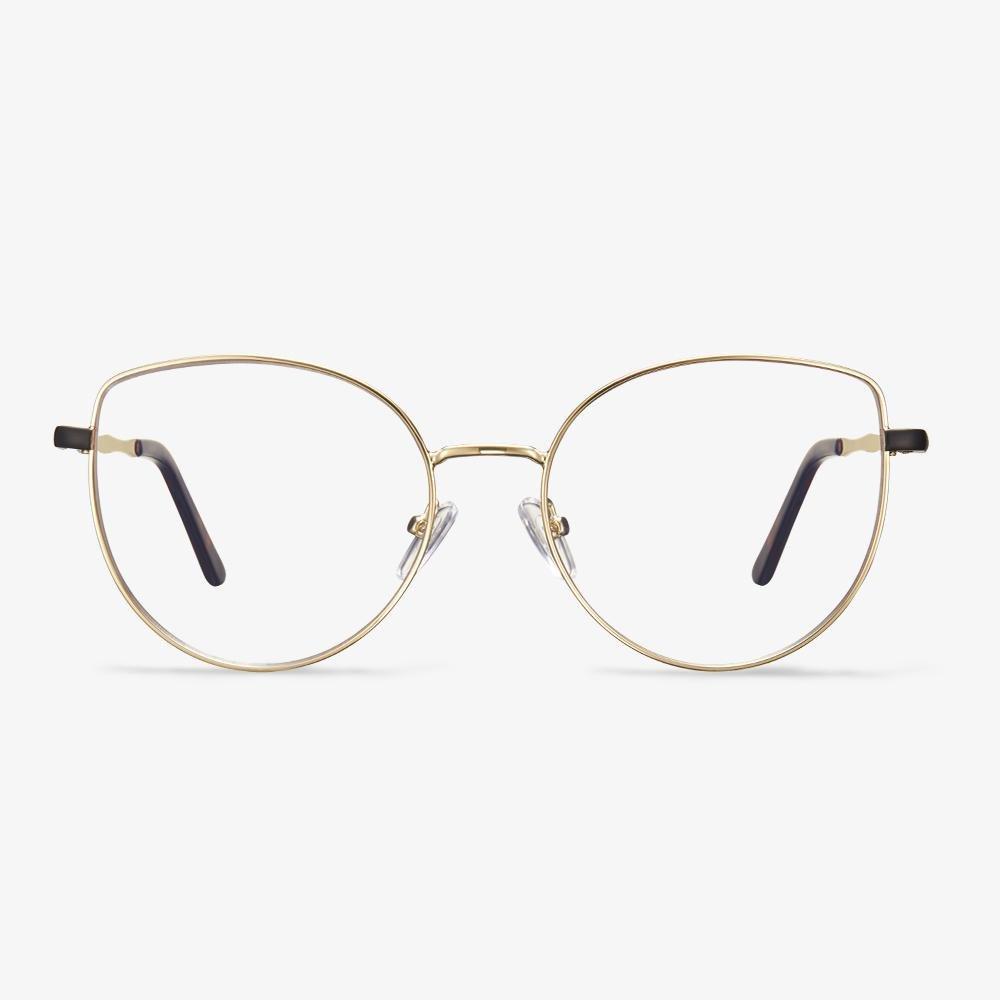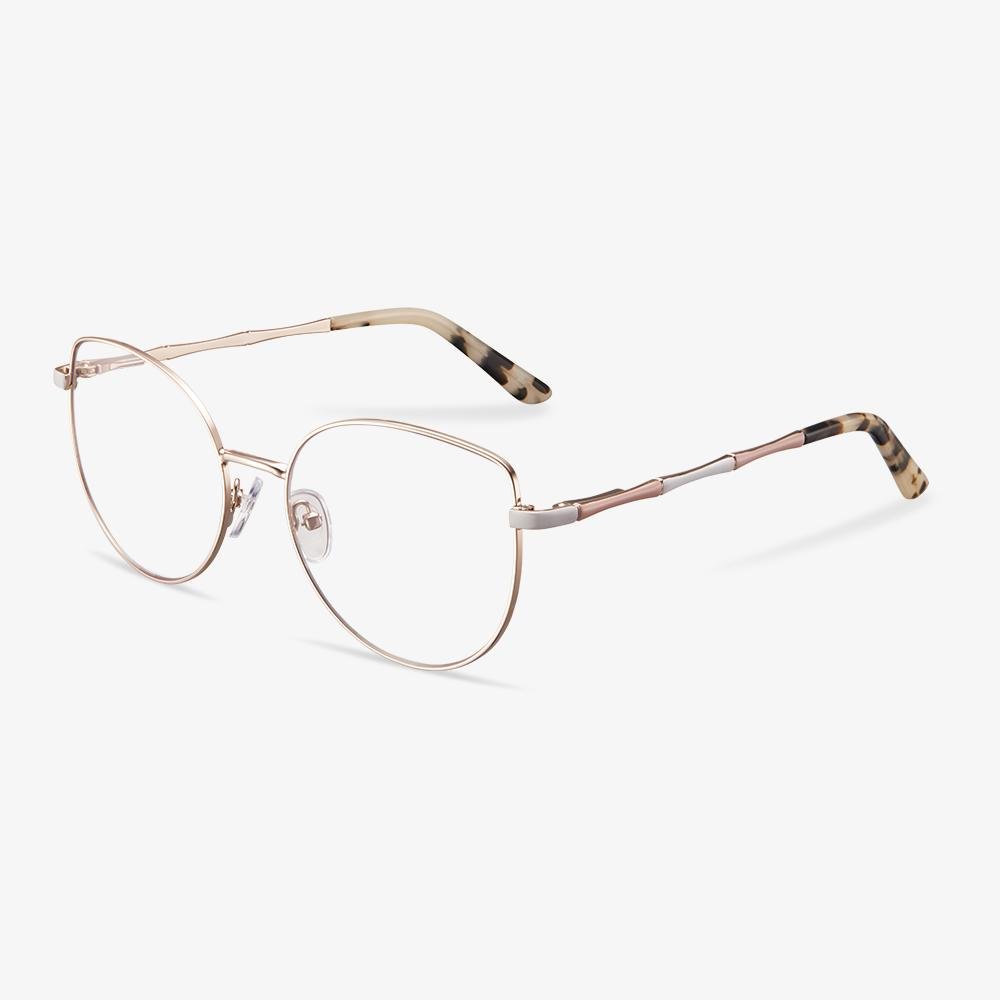Advantages of Plastic Frames
Plastic is usually called a plate, having no skin allergies. The price is relatively cheap. Colors and styles are diverse. The color is rich, rich in shape. The injection molding material is higher dimensional stability of the whole batch, fast processing speed, and low comprehensive cost. Material prices are lower. It has a certain flexibility. TR material has high transparency. With high flexibility, it can meet the needs of different sizes. Plate material surface hardness is high. They need no surface treatment, having noble texture, wear-resisting. Suitable comfort change can be made according to different face sizes. It is the most mature material used in eyewear products of international apparel brands.
Defects of Adolescent Progressive Lenses
Long-term use of progressive lenses will cause a deficiency of binocular physiological regulation in adolescents. Long-term use of progressive lens may lead to ocular muscle imbalance in both eyes of adolescents. After wearing a progressive lens, part of the field of vision is not clear, which will affect the activities of young people. After wearing the progressive lens, when walking downstairs, riding a bicycle, and doing various sports, you need to see through the near area under the lens to see far, which will affect your activities due to blurring. It is not comfortable to wear a progressive lens to look at an upright screen such as a computer, and the refractive power of a progressive lens in these parts is different. To see the screen clearly, it is necessary to adjust repeatedly, which is easy to cause adjustment disorders and visual fatigue, even dizziness, and eye pain.
Optix 55 day/night driving glasses
These glasses are designed to provide anti-glare and UV protection. They have a flexible plastic lens and frame that can be used over prescription glasses. They use polarized lenses to make the image look sharper. They help reduce glare, reflection, and its negative effects while improving and brightening the visual area.
Possible effects of driver's lens color on driving
Color plays a very important role in your everyday driving experience -- red, yellow, and green traffic lights, among many other signs and signals, are designed to grab your attention and keep you safe. If everything you see is yellow, you may make the wrong decision at the red light and may cause an accident. To keep your vision clear in night and day conditions, anti-glare night driving glasses are not just for night driving.
Transitions® Photochromic Lenses
When you step outside, it immediately begins to darken. The lenses help prevent harmful blue light from digital devices, screens, and sunlight to help reduce glare and prevent eye strain. They have the function of 100% UV blocking,anti-reflection treatment with blue light protection. They can constantly adapt to changing daylight conditions to reduce excess light and optimize color contrast and polarized light to prevent dazzle. They filter out excess light to provide maximum comfort. And provide high contrast and minimize glare. They provide increased color recognition and depth perception.
What is hard coating on lenses?
Lenses are mainly added in two kinds of film: anti-reflection film and hard film (and some manufacturers produce anti-fogging film and mirror film, but not common). The anti-reflective film is mainly by coating the front surface of the lens with multiple layers of transparent materials with different refractive index and thickness to reduce the excess reflected light on the surface of the lens, by using the principle of light interference. The film can be applied to both glass and resin lenses. The way of hard film plating is usually a soaking process. After many times of soaking and cleaning, soaking in an organic solution containing ultrafine silicon element for a certain time, and then keeping it at a certain temperature for 4-5 hours, the fixed polymerization process of the film has been completed. The surface wear resistance of CR-39 coating can be increased by 2-4 pH, which is similar to the hardness of optical glass lenses.
Why do you need night-driving glasses?
Aging causes our pupils to become progressively smaller, so they don't dilate as quickly. A smaller pupil means less light reaches your retina, which makes it harder to see at night. The weak artificial light, and the fact that we can't see beyond these sources in the dark, exacerbate the dangers of night driving. For people wearing prescription glasses, the risk of driving at night is much greater. Driving can be stressful, especially if you have poor eyesight. This is especially true at night. If you have poor vision and drive at night, you're vulnerable to a number of potential hazards, and we're talking about prescription glasses for night driving. These glasses can play a big role in making you safer and more comfortable. They can even save your life. This is especially important as night vision decreases with age. When you drive at night, choosing the best prescription glasses for night driving can make your life easier.




